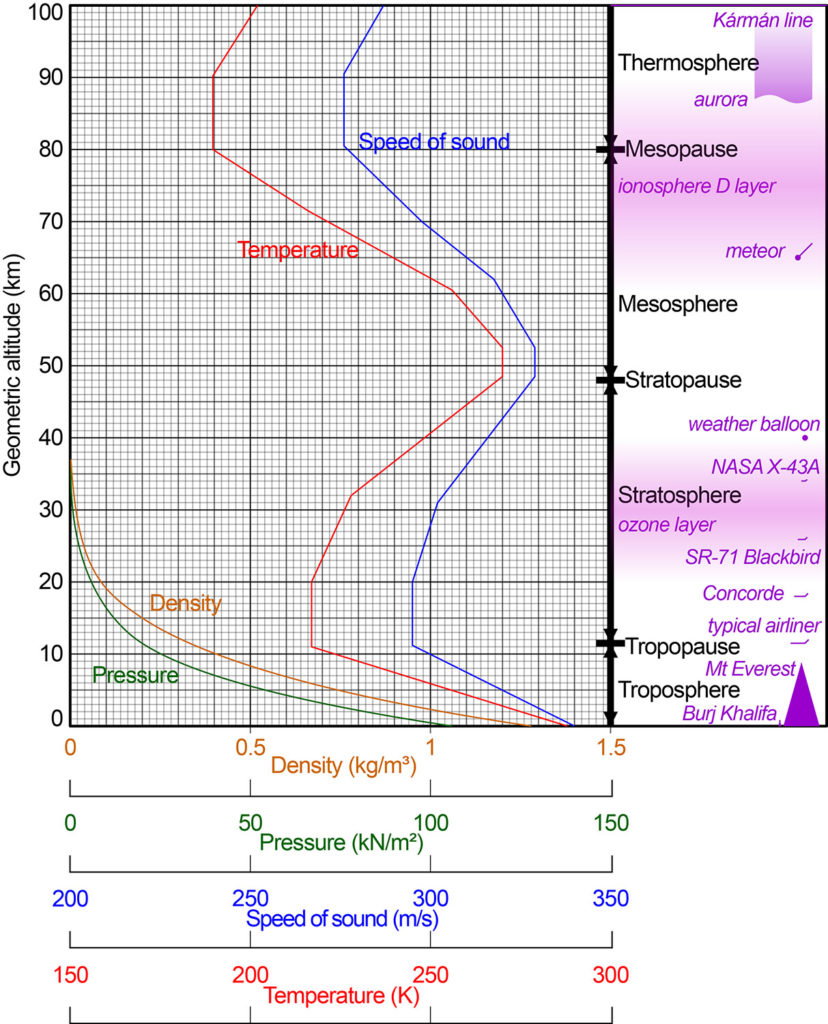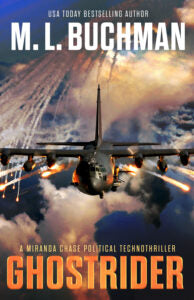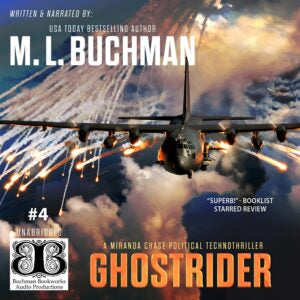
NerdGuy Fridays #13: Speed of Sound
Lightning
Most of us were taught as kids to count seconds after a lightning flash until we heard thunder. Five seconds per mile. This is an okay estimate (5 seconds is actually 1.06 miles at at 20 deg C at sea level), especially as thunder can be a sharp crack or a low rumble that builds and we're not exactly sure quite when it begins.
Space
In space, sound doesn't move at all. Think of sound as a shock wave. In space, there's nothing for it to shock against. (Yes, UberNerds, a sufficiently low frequency note (read as "massive explosion") would cause ripples through space dust that could propagate across distance over time. For other forms of "shockwave propagation, consider this: https://www.sciencefocus.com/space/can-you-have-a-shock-wave-in-space/.)
The zippy sounds of passing spaceships in Star Trek? Not so much. The sudden shocking silence after a decompression during the first battle in the movie series reboot Star Trek. Cooly awesome!
For now, let's stick with what we would normally think of as sound.
Earth
When I hit Geology in high school Earth Science, I discovered that sound really does move at different speeds. In fact, I went on to be a Geology major and wrote the first geophysics thesis ever at my school. My research actually covered the study of gravity in projecting subterranean rock formations, but there's another way to do that.
Sound.
Sound moves at different speeds through different materials. In fact, it can move at 16,000 kmph (10,000 mph) through rock, compared to its lazy meanderings around 1,200 kmph (750 mph in air). What's more, it travels through different densities of rocks and metals at different speeds.
Much of what we know about the interior of the Earth comes from two sources, earthquakes and atomic bombs. These massive events actually send measurable soundwaves coursing into the Earth's interior. By a whole series of observations, they have mapped some incredible information. Here's a textbook chapter on the subject that's just fascinating.
https://websites.pmc.ucsc.edu/~thorne/TL.pdfs/L_ees.Ch51.pdf
Even if you find this to be a little opaque, there's a cool map on the fifth page of the pdf (p. 833) of the measured thickness of the Earth's crust.
Air
But what we typically care about is the speed of sound through air, and in the frequency bands that we can hear. It's certainly the most useful when I'm trying to place someone in a character's head in fiction.
So, in my upcoming novel, Ghostrider (Miranda Chase #4) I have someone make this statement.
“...when the world lit up like daylight. I live just back of the airport, two miles from the top of Snowmass, plus a mile down. Counted [xx] seconds before a big boom rolled in—real sharp.”
Calculating that distance should have been easy. A little Pythagorean Theorem of a^2 + b^2 = c^2. That's a direct line of 2.23 miles from my crash site to my observer. But how long would that take for the sound to travel?
Air at sea level is denser than air at the Aspen Airport at 7,820' elevation or the top of Snowmass ski area at 12,510'.
Sound moves at 343 m/s (1,125 ft/sec) through air at 20 deg C at sea level. But what is it doing up at Aspen?
Part of that answer lies in this neat little chart:
[caption id="attachment_23064" align="alignnone" width="828"]
 Based upon: https://www.centennialofflight.net/essay/Theories_of_Flight/atmosphere/TH1G1.htm as modified for Wikipedia https://commons.wikimedia.org/wiki/File:Comparison_US_standard_atmosphere_1962.svg[/caption]
Based upon: https://www.centennialofflight.net/essay/Theories_of_Flight/atmosphere/TH1G1.htm as modified for Wikipedia https://commons.wikimedia.org/wiki/File:Comparison_US_standard_atmosphere_1962.svg[/caption]At 7,000' the speed of sound is typically ~312 m/sec. And at 12,500' is ~295 m/sec.
So, I saw an opportunity to show just what an uber-nerd my heroine Miranda Chase can be. And how she uses that uber-nerdness to determine whether or not to trust someone.
Ghostrider Sound
Brett continued describing the explosion, “I live just back of the airport, two miles from the top of Snowmass, plus a mile down.”
A direct line of two-point-two-three miles—eleven seconds at the speed of sound.
“Counted thirteen seconds before a big boom rolled in—real sharp.”
Thirteen seconds would imply that his distances were inaccurate or his accelerated excitement level at the explosion had caused him to count inaccurately. Assuming he knew the elevation difference between his home and the top of Snowmass mountain, thirteen seconds would place his home two-point-four-five miles horizontally from Snowmass, not two miles.
Though such an inaccuracy seemed unlikely in Brett Vance’s case.
Oh! She’d neglected altitude. The speed of sound slowed in thinner air: nine percent slower at Aspen’s elevation and almost fourteen percent at Snowmass’ peak. If she integrated the speed of sound over the distance, thirteen seconds was surprisingly accurate for a human observer without a stopwatch or other aid.
NERD ON!


